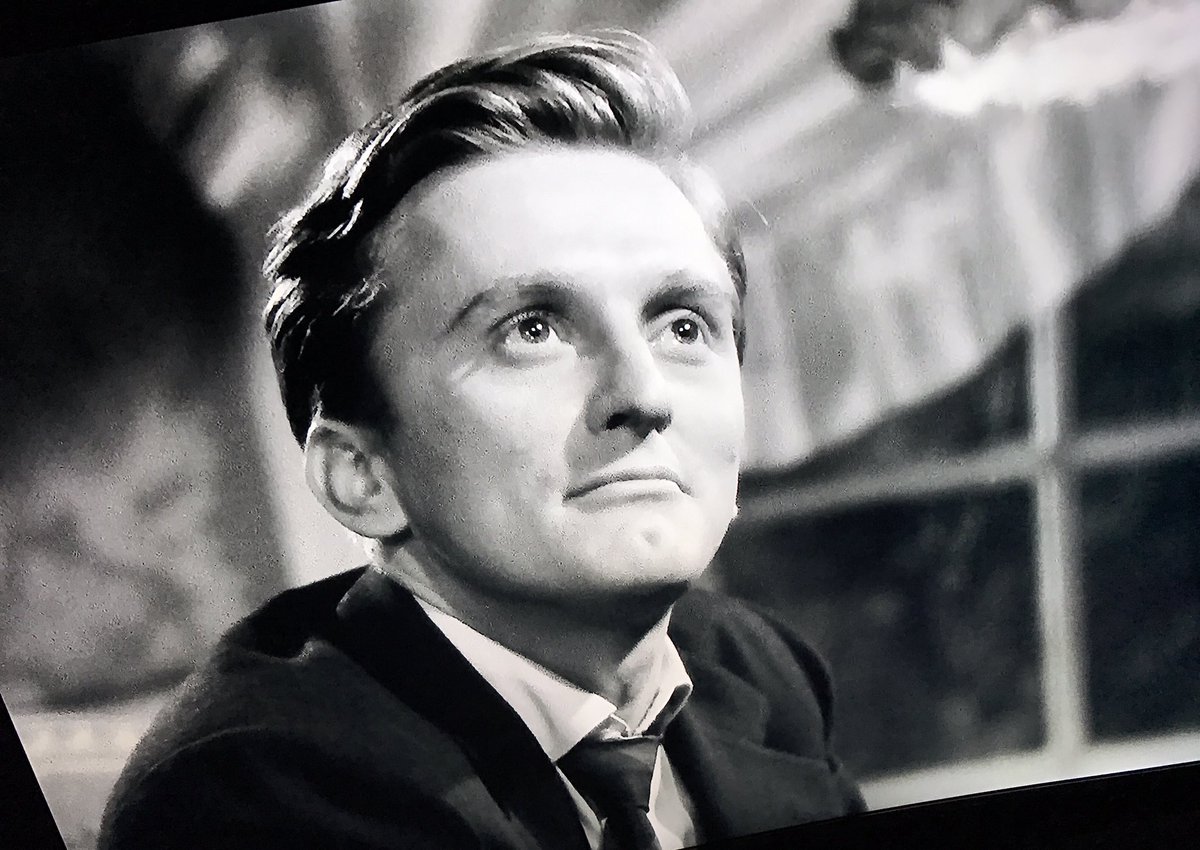
We know them for classic films that inspired us, made us cry, or made us cheer, but even the most famous actors got their start somewhere, and you may not have seen the film that started it all for some of Hollywood’s biggest names. Here are 10 films that launched the career of some of our favorite screen legends.
1. The Killers (1946) – Burt Lancaster
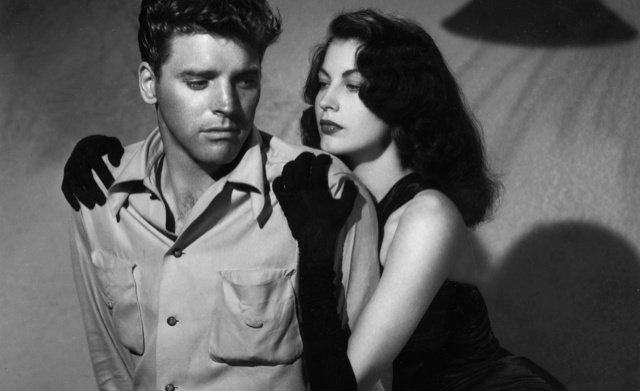
Burt Lancaster has won no less than 12 film awards for performances in films that were not only a smash at the box office but were critically well received for their artistry. Before he became the legend, Burt Lancaster, he was a military vet, serving in WW2. After the war, he appeared on Broadway where he caught the attention of a producer who cast him in the film noir picture, The Killers. Based on the short story of the same name by Ernest Hemingway, the film launched Burt Lancaster and his co-star, Ava Gardner into film history.
The film tells the story of an investigative detective who is surprised to discover a boxer who has been murdered does not appear to have resisted his own demise. The film was an instant success, earning praise from the toughest of critics, including Ernest Hemingway himself (notoriously negative about film interpretations of his work), who openly supported the film.
2. Stagecoach (1939) – John Wayne
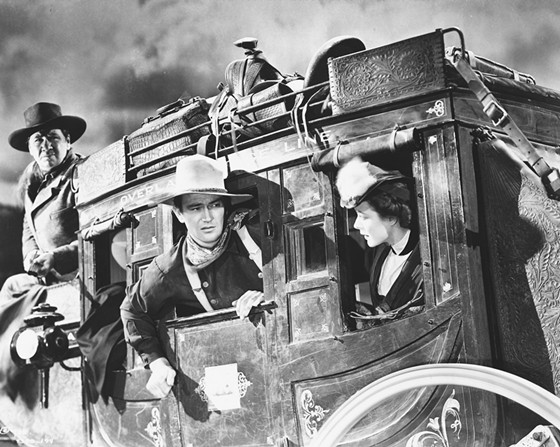
Starting out as a prop boy, John Wayne would finally land his first leading role in a film called The Big Trail. It would be nearly 10 years later, in 1939, when John Wayne was given the role that would launch him into the household name we know today. That film was Stagecoach. Directed by long time Wayne collaborator, John Ford, this film would kick start not only Wayne’s acting career and stardom, but was also a pivotal moment in the career of John Ford.
John Ford insisted on John Wayne in the role of the Ringo Kid, so much so, that Ford had to search around among several producers before he found someone willing to produce a big budget western with an as yet unproven actor in the leading role. The first of many westerns Ford shot in Monument Valley, and the first of twelve films the Wayne and Ford would make together, this film was a good gamble for both men.
3. Mr. Smith Goes to Washington (1939) – James Stewart
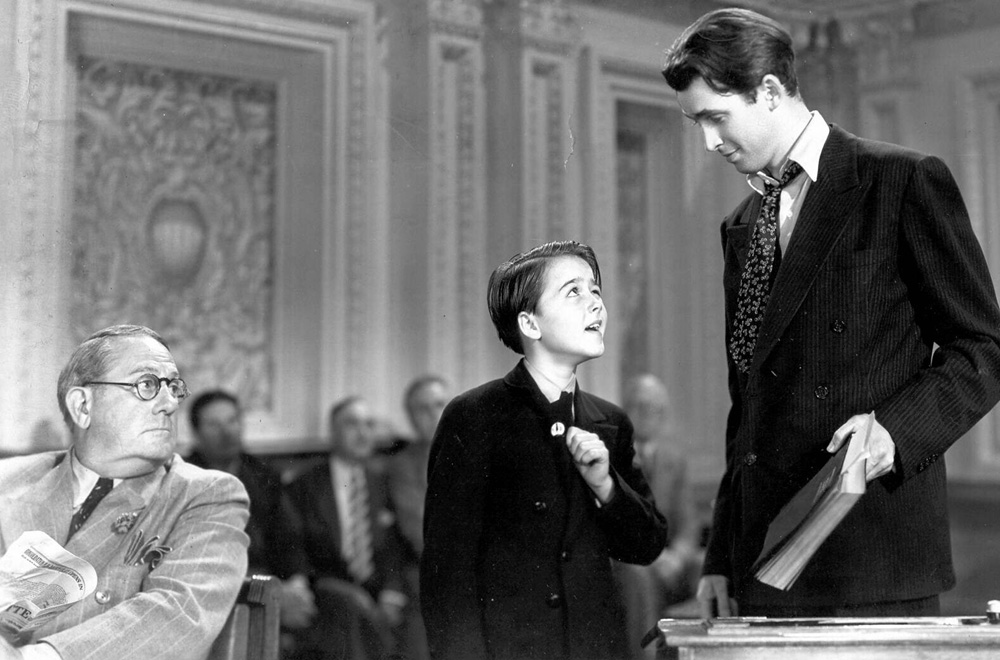
While James Stewart’s chance to prove himself to director Frank Capra came with their first collaboration in 1938 as James Stewart starred in Capra’s comedy, You Can’t Take it With You, it would be the film these two would make together the following year that really established James Stewart as a screen legend. Mr. Smith Goes to Washington, a film about a brand new US Senator who struggles to fight a corrupt system, caused a stir among US audiences when it was released, but ultimately was a huge success, going on to be nominated for 11 Academy Awards, winning the award for Best Original Story. Now considered one of he greatest films of all time, it is held by the Library of Congress as one of 25 films for preservation in the National Film Registry of 1989.
Because of the film’s depiction of the US Senate as a group rife with corruption, major political players in the US and abroad objected to the film, including then sitting Ambassador to Great Britain, Joseph Kennedy. The film was banned in Germany, Italy, and Spain (the film being made right before the US entered World War II), though it was distributed to the Soviet Union after World War II ended, released in October of 1947. The film Mr. Smith Goes to Washington sees James Stewart, now famously, maintain a filibuster in the Senate, presenting a powerful story about the power of an individual in the US Government. The power of an individual would be echoed again in Capra’s follow up collaboration with James Stewart in 1946, It’s a Wonderful Life.
4. National Velvet (1944) – Elizabeth Taylor
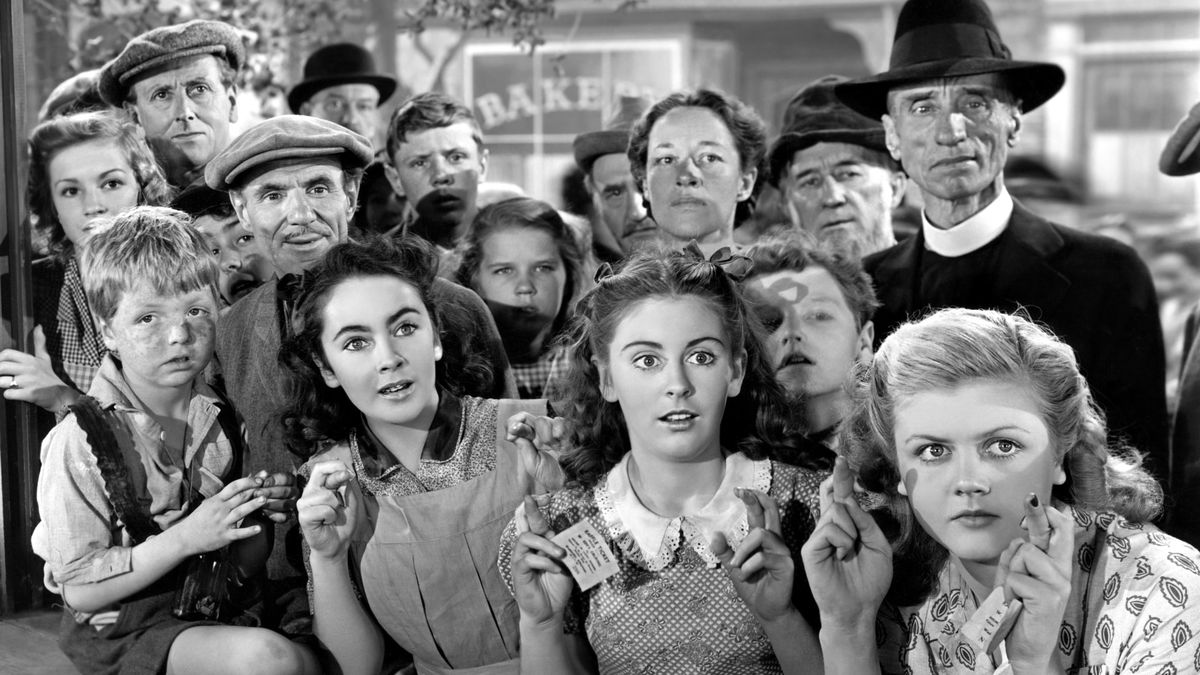
Outbreak of war in Europe drove the Taylor family from their home in London to the United States in 1939. Settling in Beverly Hills, California with family connections to the film industry, it wasn’t long before Hollywood took notice of a young Elizabeth Taylor, with her captivating blue eyes and dark eyelashes. The family connections secured the young Taylor auditions at Universal and MGM, both of which offered her contracts. Taylor’s mother chose Universal and Elizabeth Taylor started appearing in films.
While she was cast in a small role in 1941, it was hard for Elizabeth to be cast as a child actor with competition of the time being Shirley Temple and Judy Garland, against which Elizabeth Taylor stood out because “she didn’t look like a child.” She would bounce around from small role to small role, appearing in several pictures that required an English accent, until finally in 1944 Elizabeth Taylor was cast in her breakout role as Velvet Brown in National Velvet.
The film is based on the book by Enid Bagnold and tells the story of a young girl who loves horses and wants to run her favorite horse, The Pie, in the Grand National Steeplechase. The only problem with that plan is that girls are not allowed to run the steeplechase. With the help of Mi Taylor (Mickey Rooney), Velvet concocts a plan to get The Pie into the race, with her as the jockey. At the film’s conclusion, The Pie (grandson of racing legend Man-O-War) was given to Elizabeth Taylor for her 13th birthday present. That memorable birthday launched the decades long career of one of the film industry’s greatest sirens.
5. Sinner’s Holiday (1930) – James Cagney
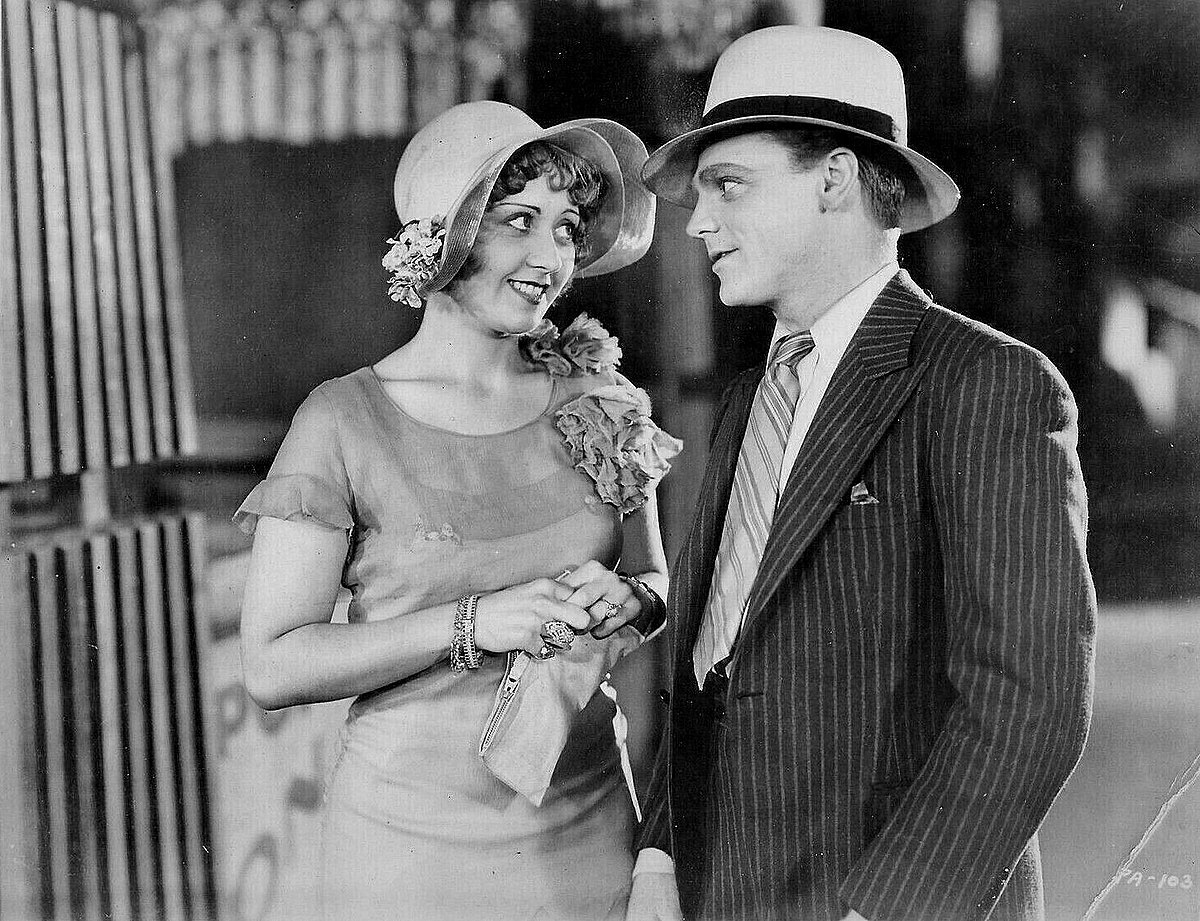
Unlike other actors on this list whose first film role was not necessarily their big break, James Cagney made a splash from his very first film role. After performing on stage in a successful play titled Penny Arcade a Hollywood executive pitched Warner Brothers to make the play into a movie starring Cagney and his costar, Joan Blondell. Not wanting to waste their budget on then nobody, Warner Brothers retitled the film Sinner’s Holiday and cast Grant Withers and Evalyn Knapp in the lead roles.
James Cagney appears in the film, playing a supporting role in his film debut as Harry Delano. In this role James Cagney would portray a role that would go on to define his career as an actor, playing a sympathetic tough guy driven to crime by a difficult past. Despite it being his film debut, Cagney was noted as being stubborn on set, refusing to say one of the lines written for his character. The producers removed the line at Cagney’s request, and despite the issues with the line would go on to sign Cagney to a regular contract. Sinner’s Holiday would be the doorway to a series of gangster films for Cagney paving the road to film immortality.